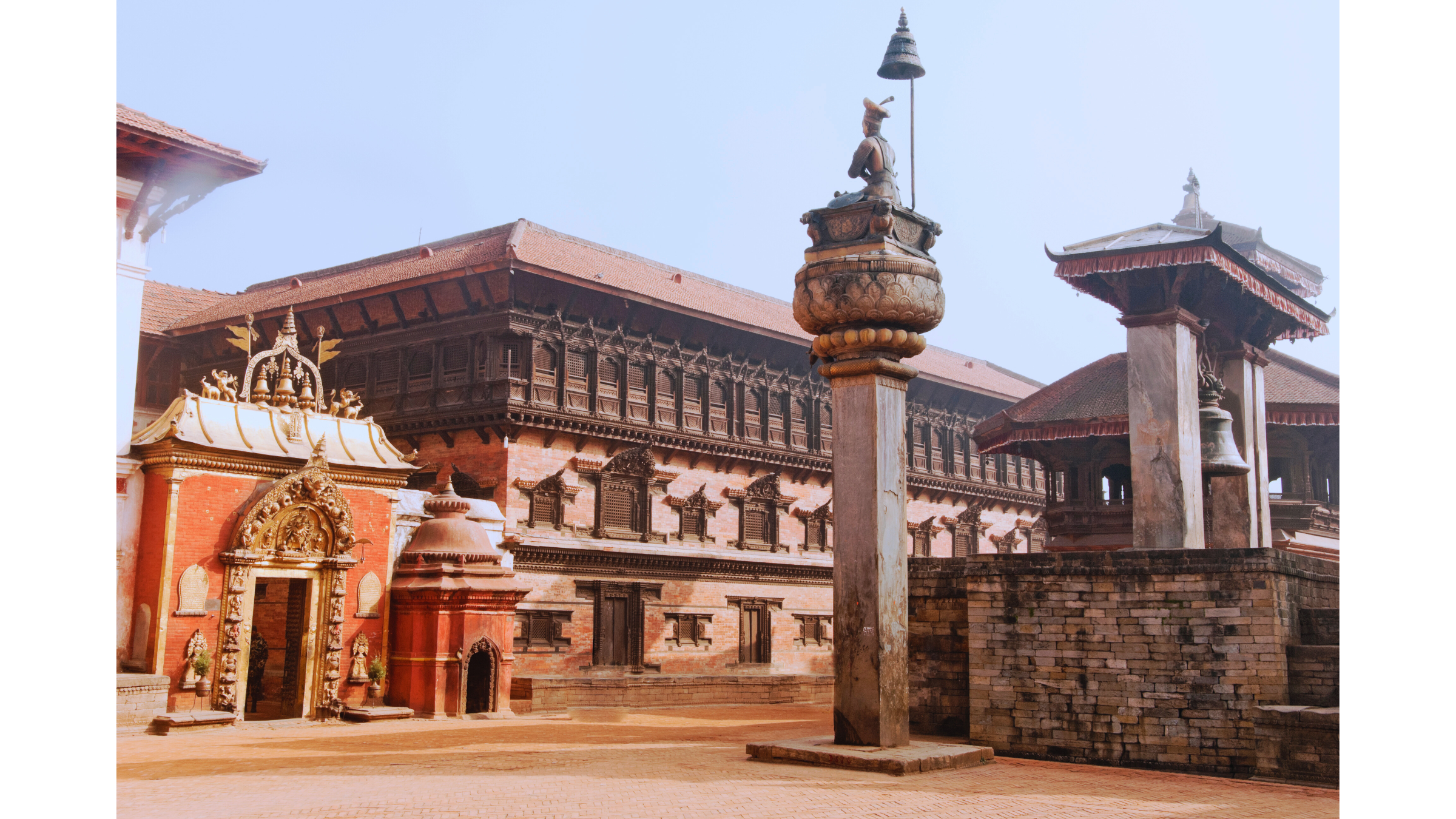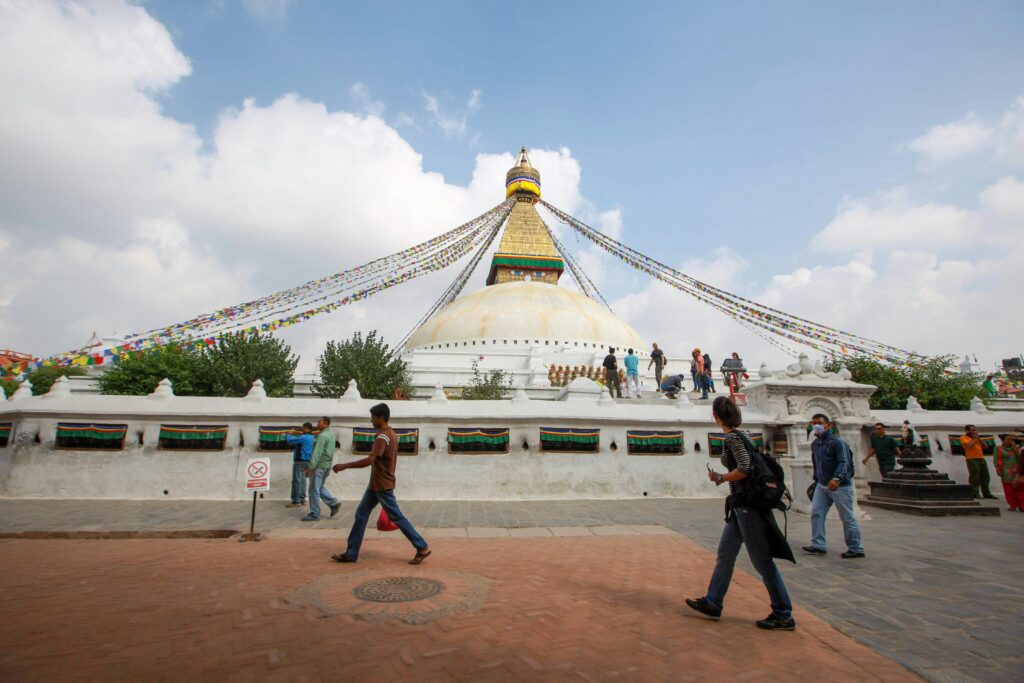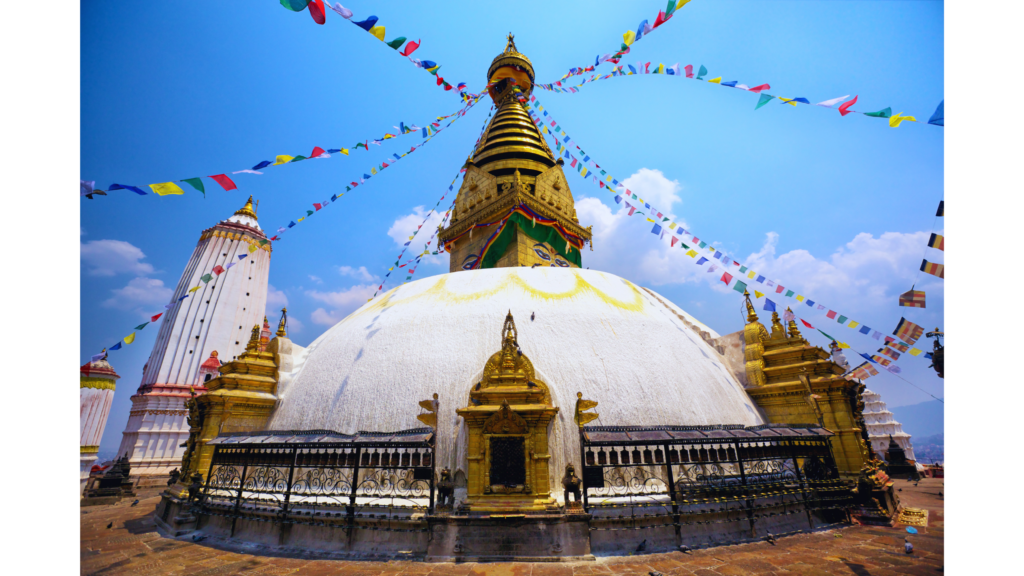
Nepal, a country nestled in the heart of the Himalayas, is a treasure trove of cultural heritage in Nepal. Known worldwide as the home of Mount Everest and Lord Buddha, Nepal is a melting pot of diverse cultures, languages, and traditions. The cultural heritage in Nepal is reflected in its ancient temples, palaces, and natural wonders, many of which are UNESCO World Heritage Sites.
In this blog, we’ll take you on a journey to explore the Top 10 UNESCO World Heritage Sites in Nepal, showcasing the country’s historical and cultural significance.
Why Cultural Heritage in Nepal is Important
Cultural heritage in Nepal is an intricate mix of religious, architectural, and artistic traditions that have evolved over thousands of years. The country has been shaped by the diverse ethnicities, religions, and dynasties that have ruled the region. Rulers such as the Kirant, Lichchhavis, Mallas, and Shah have left behind monumental legacies in the form of temples, palaces, and ancient monuments that continue to inspire awe.
The preservation of these heritage sites is essential not only to safeguard Nepal’s history but also to offer future generations a glimpse into the country’s ancient traditions. The cultural heritage in Nepal is a living testament to the creativity, spirituality, and resilience of its people.
Top 10 UNESCO World Heritage Sites in Nepal
Nepal boasts a rich collection of UNESCO World Heritage Sites, with many located in the Kathmandu Valley. These sites are not only cultural gems but also offer travelers the opportunity to immerse themselves in the country’s ancient history.

1. Boudhanath Stupa – A Sacred Symbol of Nepal’s Cultural Heritage
Located to the northeast of Kathmandu, Boudhanath Stupa is the largest spherical stupa in Nepal and one of the most important Tibetan Buddhist sites in the world. Surrounded by Tibetan monasteries and bustling with spiritual activity, Boudhanath serves as a center for Buddhist pilgrimages. The cultural heritage in Nepal is beautifully reflected here in the stupa’s massive mandala and the wisdom eyes of Buddha, symbolizing inner peace and enlightenment.

2. Swoyambhunath Stupa – The Ancient Monkey Temple of Kathmandu
One of the most iconic landmarks in Kathmandu, Swoyambhunath Stupa (also known as the Monkey Temple) is believed to date back to around 250 B.C. Situated on a hilltop, this Buddhist stupa offers panoramic views of the Kathmandu Valley. The site features a collection of shrines, temples, and statues, representing the spiritual and cultural diversity of Nepal.
3. Kathmandu Durbar Square – Heart of Nepal’s Royal History
Kathmandu Durbar Square is a vibrant historical complex at the heart of the capital city. It is a blend of ancient temples, palaces, and courtyards, showcasing the artistic and architectural prowess of the Newar people. The square was once the royal palace and the site of coronations.
The Kumari Chowk, the residence of the living goddess Kumari, is a fascinating highlight, where a young girl is chosen to be the incarnation of the Hindu goddess Durga.
4. Bhaktapur Durbar Square – A Hub of Art and Architecture
Bhaktapur Durbar Square is one of the most spacious and historically significant squares in Nepal. The square consists of several main squares, including the famous Durbar Square, Taumadhi Square, and Pottery Square. The intricate and artistic temples, such as the 55-Window Palace and the Golden Gate, reflect the exceptional craftsmanship of Nepali artisans.
5. Patan Durbar Square – Ancient Temples and Royal Legacy
Patan Durbar Square, located in the city of Lalitpur, is a stunning example of Newar architecture and culture. This historic site comprises numerous temples and monuments, including the Krishna Mandir, Bhimsen Temple, and Taleju Bhawani Temple. The intricate carvings and beautiful woodwork that adorn the temples are testament to the rich artistic traditions of the Malla period.
6. Pashupatinath Temple – The Holiest Hindu Temple in Nepal
Pashupatinath Temple, located on the banks of the Bagmati River, is one of the holiest temples in Hinduism. The temple complex is dedicated to Lord Shiva and is a center of pilgrimage for Hindus worldwide. Its pagoda-style architecture, intricate carvings, and golden roof make it a significant cultural and spiritual landmark. Pashupatinath is especially revered during the Mahashivaratri festival, attracting thousands of devotees from all over the world.
7. Changunarayan Temple – Nepal’s Oldest Temple
Changunarayan Temple, dedicated to Lord Vishnu, is the oldest Hindu temple in the Kathmandu Valley. This temple, built around the 4th century, is a fine example of Nepal’s ancient stone, wood, and metal craftsmanship. The temple’s intricate carvings and inscriptions depict various gods and religious symbols, making it an essential site for those interested in Nepal’s rich spiritual heritage.
8. Chitwan National Park – Nepal’s Wildlife Heritage
Chitwan National Park, located in the southern Terai region of Nepal, is the country’s oldest national park and a UNESCO World Heritage Site. The park is home to a diverse range of wildlife, including the endangered one-horned rhinoceros and the majestic Royal Bengal tiger.
Visitors can enjoy thrilling jungle safaris, bird watching, and cultural experiences with the Tharu community. Chitwan is a perfect blend of natural beauty and cultural heritage.
9. Sagarmatha National Park – Home of Mount Everest
Sagarmatha National Park, located in the northeastern part of Nepal, is home to Mount Everest, the highest peak in the world. This UNESCO World Heritage Site is not only famous for its towering peaks but also for its rich biodiversity and unique Sherpa culture. Trekkers flock to Sagarmatha to experience the stunning landscapes and immerse themselves in the traditions of the Sherpa people.
10. Lumbini – The Birthplace of Lord Buddha
Lumbini, located in the Rupandehi District, is one of the most important cultural and spiritual sites in Nepal. It is the birthplace of Lord Buddha, the founder of Buddhism, and attracts thousands of pilgrims from around the world. Lumbini is home to ancient monasteries, temples, and the famous Ashoka pillar, marking the spot where Buddha was born.
The peaceful atmosphere and rich history make it a must-visit site for anyone interested in Nepal’s spiritual heritage.
Why You Should Visit Nepal’s Cultural Heritage Sites
Visiting Nepal’s UNESCO World Heritage Sites is an unparalleled experience that allows you to step back in time and witness the cultural and architectural splendor of this ancient land. Whether you’re exploring the temples of Kathmandu Valley, trekking in the Himalayas, or experiencing the wildlife of Chitwan, Nepal’s heritage sites offer something for everyone.
Conclusion
Nepal is a country that wears its heritage with pride. From the bustling temples and palaces of Kathmandu to the serene beauty of Lumbini, Nepal’s UNESCO World Heritage Sites offer a fascinating glimpse into the country’s past. These sites are not just tourist attractions; they are living monuments that reflect the artistic, architectural, and spiritual traditions of Nepal.
If you’re planning a trip to Nepal, make sure to visit these cultural treasures to truly appreciate the richness and diversity of the country’s heritage.
Explore Mustang’s beauty and culture
Frequently Asked Questions (FAQ)
1. What is Nepal’s cultural heritage?
Nepal’s cultural heritage encompasses its rich traditions, including ancient temples, palaces, monuments, and natural sites, reflecting its diverse ethnic, religious, and historical history.
2. How many UNESCO World Heritage Sites are there in Nepal?
Nepal has 10 UNESCO World Heritage Sites, with 7 located in the Kathmandu Valley, showcasing Nepal’s architectural, religious, and natural beauty.
3. What is the significance of Lumbini?
Lumbini is the birthplace of Lord Buddha and an important spiritual site, attracting pilgrims from all over the world. It is also a UNESCO World Heritage Site.
4. What can I do in Chitwan National Park?
In Chitwan National Park, visitors can enjoy jeep safaris, canoe rides, and wildlife viewing, with a chance to see endangered species like the one-horned rhinoceros and Bengal tiger.
5. How can I visit Nepal’s UNESCO World Heritage Sites?
Most sites are accessible from Kathmandu, with options for taxis, public transport, and domestic flights to reach more remote locations like Sagarmatha National Park and Chitwan National Park.
DEX analytics platform with real-time trading data – https://sites.google.com/walletcryptoextension.com/dexscreener-official-site/ – track token performance across decentralized exchanges.
Privacy-focused Bitcoin wallet with coin mixing – https://sites.google.com/walletcryptoextension.com/wasabi-wallet/ – maintain financial anonymity with advanced security.
Lightweight Bitcoin client with fast sync – https://sites.google.com/walletcryptoextension.com/electrum-wallet/ – secure storage with cold wallet support.
Full Bitcoin node implementation – https://sites.google.com/walletcryptoextension.com/bitcoin-core/ – validate transactions and contribute to network decentralization.
Mobile DEX tracking application – https://sites.google.com/walletcryptoextension.com/dexscreener-official-site-app/ – monitor DeFi markets on the go.
Official DEX screener app suite – https://sites.google.com/mywalletcryptous.com/dexscreener-apps-official/ – access comprehensive analytics tools.
Multi-chain DEX aggregator platform – https://sites.google.com/mywalletcryptous.com/dexscreener-official-site/ – find optimal trading routes.
Non-custodial Solana wallet – https://sites.google.com/mywalletcryptous.com/solflare-wallet/ – manage SOL and SPL tokens with staking.
Interchain wallet for Cosmos ecosystem – https://sites.google.com/mywalletcryptous.com/keplr-wallet-extension/ – explore IBC-enabled blockchains.
Browser extension for Solana – https://sites.google.com/solflare-wallet.com/solflare-wallet-extension – connect to Solana dApps seamlessly.
Popular Solana wallet with NFT support – https://sites.google.com/phantom-solana-wallet.com/phantom-wallet – your gateway to Solana DeFi.
EVM-compatible wallet extension – https://sites.google.com/walletcryptoextension.com/rabby-wallet-extension – simplify multi-chain DeFi interactions.
All-in-one Web3 wallet from OKX – https://sites.google.com/okx-wallet-extension.com/okx-wallet/ – unified CeFi and DeFi experience.

Leave a Reply